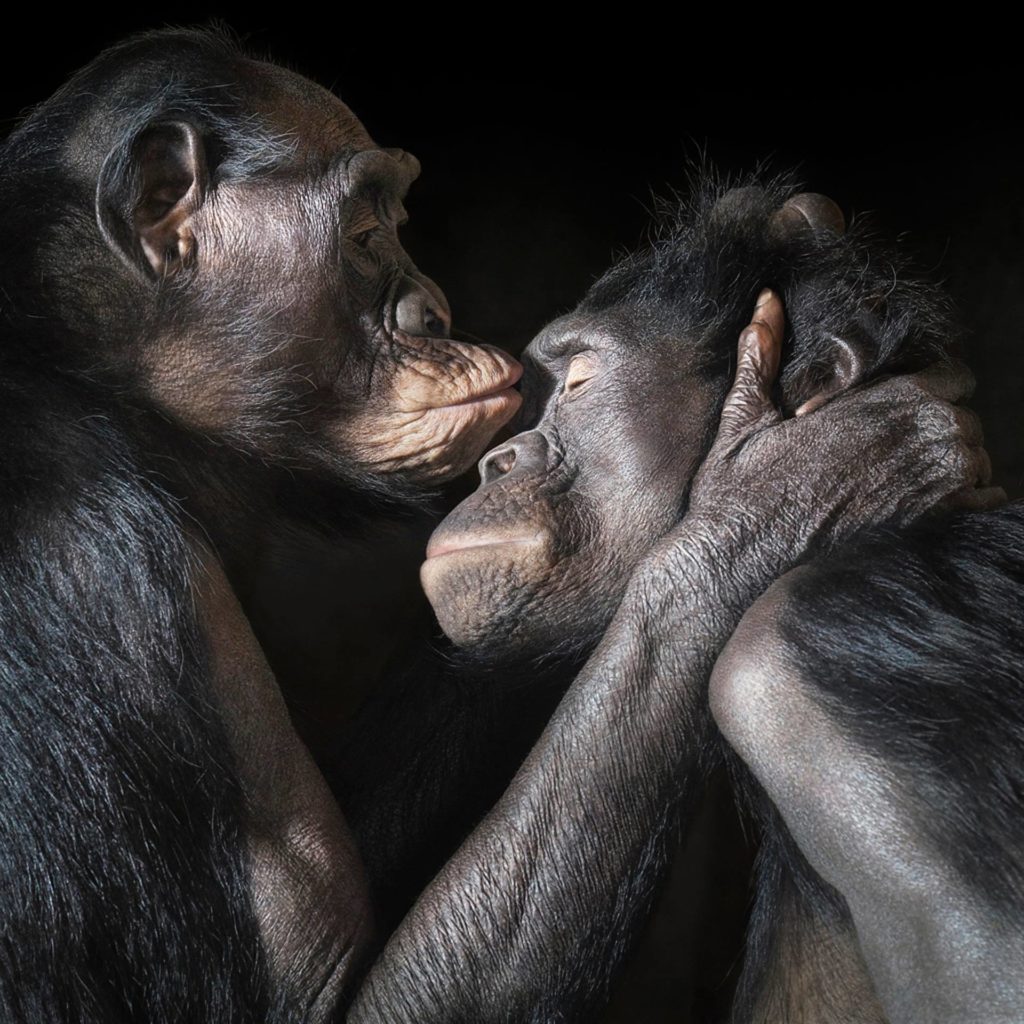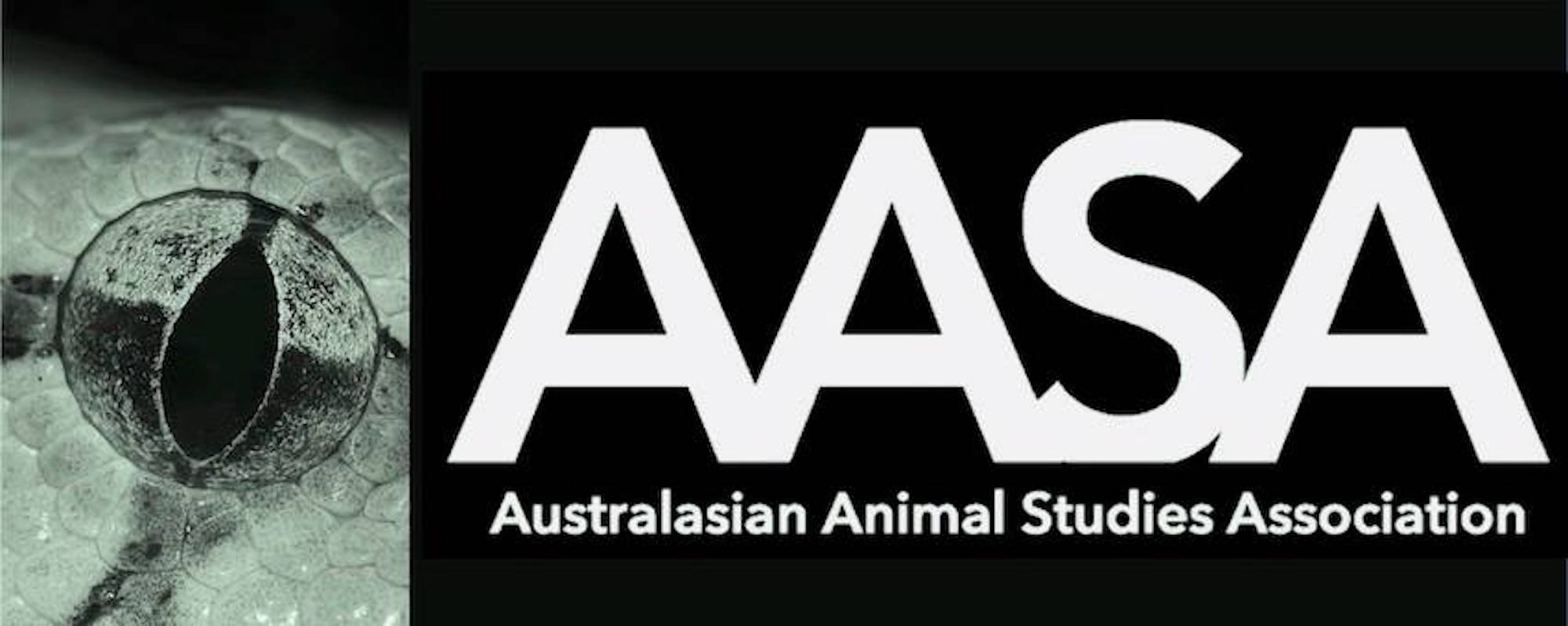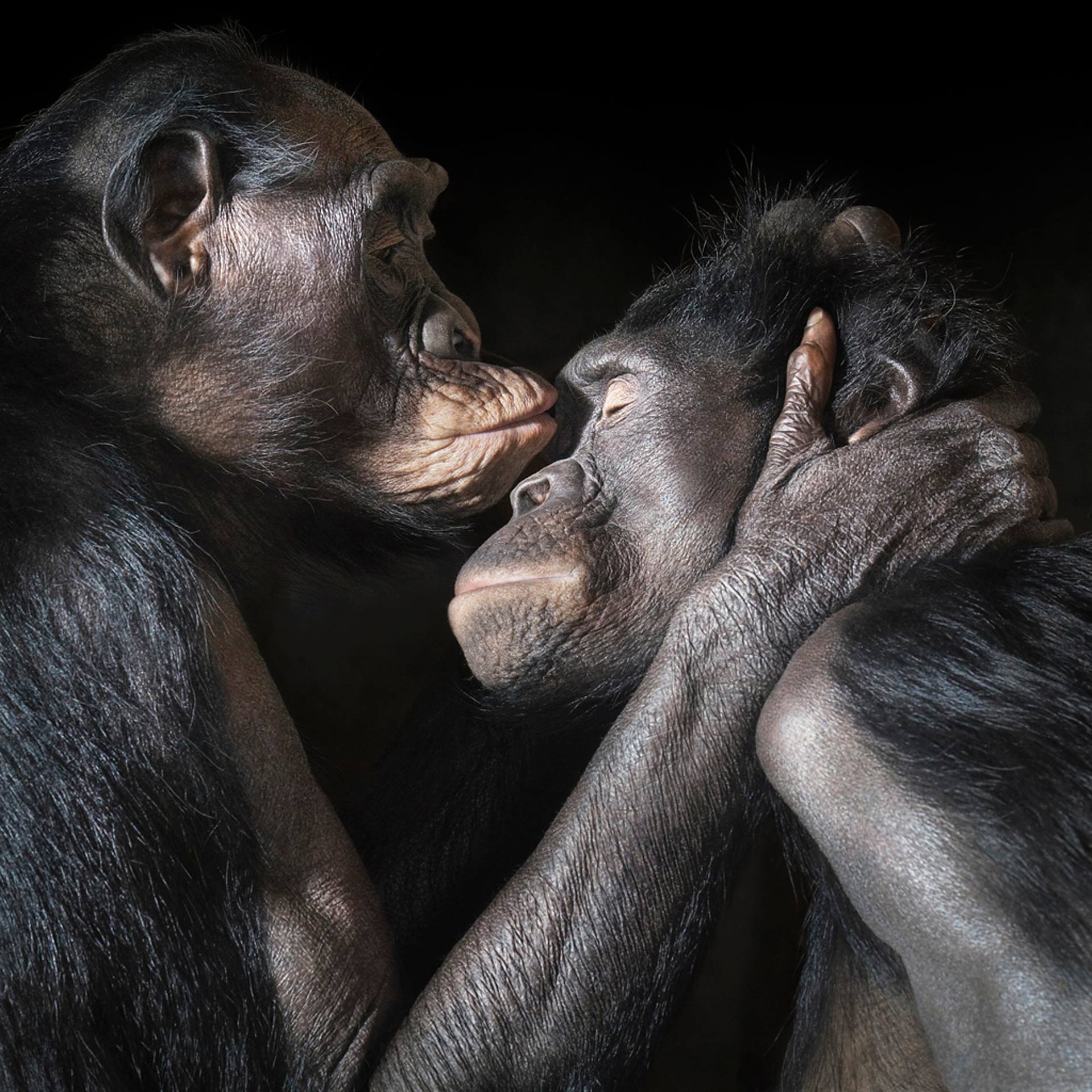“The animal has secrets which, unlike the secrets of caves, mountains, seas, are specifically addressed to man.” – John Berger, About Looking (2015)
Although I have been thinking and writing about nonhuman legal personhood for a few years now, the last few days at the Sydney Multispecies Justice Symposia have made an unexpected difference in my rules of engagement with the matter. The vibrantly interdisciplinary event not only provided an interruption to my moorings, worldviews, and frames of reference but also forced chaos into normative ideas of justice that I am very accustomed to. Whilst my primary field of work is indigenous environmental justice, it is often that I find myself crossing paths with multispecies justice in interesting ways. Nonhuman legal personhood, a placeholder for one of the many articulations of justice, has also been an avenue for my association with the field of multispecies justice.

Over the last few decades a commendable number of good scholars have imbued the subject of nonhuman animal (henceforth ‘animal’) legal personhood and intersections between animals and the law with ideas, philosophies, and assemblages from several disciplines. I am nevertheless left wondering about things that remain unsaid – something so pertinent and bewildering, reflective of a boundlessness and fluidity that characterizes both the life and the law. Arguably, the question of animal legal personhood is more about holding up the mirror for reflections on law than about finding spaces where the animal question can fit into the range of questions that law constantly deals with: a series of self-reflection on what law is and what law ought to be rather than what the law can do. Animal legal personhood and the few popular cases pertaining to it have reiterated the fact that work in this field is likely to be about the performative character of law and legal actors while looking at how juridical spaces demand definition and organization of subjects before them. If one reflects on the outcomes of animal legal personhood cases, they have accomplished the job of inscribing the animal in ways the animal ‘fits well as a legal subject’ and anthropomorphized their suffering so that it is recognizable for the courts to grant the reliefs being sought.
In my work, I argue for a ‘decentring of law’ from the legal personhood question. A movement for nonhuman rights litigation must move away from seemingly prosaic trappings of legal personhood to nonhuman ‘justice’. Arguably, this might appear to be an abstract enterprise. However, the past few decades spent pursuing existing remedies, such as recognising animal legal personhood, have only spoken to the futility of the venture. The notable failures of Tommy and Kiko, two Chimpanzees seeking legal personhood[1], and Naruto, the now famous monkey-selfie case[2], are an exemplar for demonstrating the backlash one may expect by forcing animal subjects to be considered as legal persons. In both instances, while agreeing with the arguments of the petitioners that animals must be considered on par with the human subjects, the judges expressed their helplessness in going against the grain of law which did not grant any form of explicit legal recognition to nonhuman subjects. They deemed it necessary to uphold the textual and positivistic integrity of law even as they recognised that ‘doing’ justice required the law to move away from human exceptionalism.

Often, instances of judicial helplessness are outnumbered by a more worrying trend of judicial reluctance to recognise the animal question in law. Here, I use two instances of decided cases, from the European Court of Human Rights (ECHR) and the County Circuit Court of Oregon respectively, to illustrate the limitations of using the juridical spaces to achieve ends of animal justice. PETA Deutschland v Germany[3] was not a conventional case of animal legal personhood. PETA had challenged the decision of the German government to prevent publications of an advertisement in which the organisation compared industrialised animal slaughter with the Holocaust. Although the court had to decide on the merits of curtailing free speech, it reflected on the important question of equating nonhuman animal suffering with human suffering. Admittedly, the treatment of the matter was rather perfunctory with the court holding that animal suffering is not the same as human suffering and our moral duties extend firmly and only within the human community to fellow beings. The opinion of the ECHR lacked any form of reasoning on how the court concluded that the animal suffering or slaughter was inferior. Similar judicial reluctance is mirrored in the reasoning in Justice vs Gwendolyn Vercher[4] where the County Court Judge categorically refused to consider the abuses suffered by the horse, named Justice and award compensation for the animal. The court dismissed the claim on the grounds that entertaining animal legal personhood, so far unrecognised by law, would ‘flood the courts’ with similar claims in the future. Judge Knowles suggested that should an appellate court wish to ‘wade into this public policy debate’ it could do so, but practical considerations of law and procedure prevented the present forum from being burdened with similar responsibility.[5]
Admittedly, the limitations of using courts as a standalone apparatus for making the big leap of an ‘animal turn’ in law is very apparent. Even more telling is the futility of pursuing legal personhood alone for protection and rehabilitation of animals suffering abuse and cruelty or for recognising their roles in labour and social and economic production. The necessary contradictions of our everyday living with the animals are manifest in our inability to confront our moral positions about living, killing, and letting live.[6] Unless these contradictions in our relationships with animals are resolved, testing the limits of the law becomes an ambiguous exercise. For a long time, I had looked on this ambiguity with a fair degree of indifference. In the last few weeks, I have begun to wonder if it isn’t the imperative of justice to overcome these equivocations.
As Niklas Luhmann argues, the law is an autopoietic system and holds immense possibilities of new forms of litigation and legal ideologies. There is no need for the juridical imagination to be constrained within existing structures. It is not so much a politics of legal personhood as it is a politics of justice – the necessity to redesign justice for all environmental litigation in the contemporary world – that must inform movements for animal legal personhood. It calls for radical environmental jurisprudence outside of courts – in policy, governance and legislation. Pinning our hopes in the juridical may fetter the discourse of nonhuman personhood in the matrices of precedents. While we make concerted efforts to give courts a touch of nature, there is a need to recognize our kinship and articulate it in compelling ways that make it difficult for the courts to decide otherwise. Meanwhile, converging worldviews and expanding the ways of seeing in the courtrooms is a continuing process. Law too must open its language and vocabularies to other living organisms. As Berger says, animals have secrets that are specifically addressed to us and to our institutions. They must not be lost on the most important forum for justice merely because the latter refuses to share its anthropocentric language, which is bounded and relentless.
Sakshi Aravind talked about nonhuman personhood at
the Multispecies Justice Symposia at the University of Sydney in June 2019.
Sakshi is a first-year PhD student in the Department of Land Economy, at the
University of Cambridge. She works on indigenous communities and environmental
litigation in Australia, Brazil, and Canada. Previously, she graduated from the
University of Oxford, where she studied for the Bachelor of Civil Law (2014-15),
specialising in criminal law and evidence. Her research interests include legal
and indigenous geographies, legal anthropology, comparative environmental law,
constitutional law, and political ecology. She has a keen interest in green
criminology and animal legal personhood.
[1] In re the Nonhuman Rights Project, Inc., on behalf of Tommy, Petitioner-Appellant, v Patrick C. Lavery, etc., et al., Respondents-Respondents. Laurence H. Tribe, Richard L. Cupp Jr. and Samuel R. Wiseman, Amici Curiae and In re the Nonhuman Rights Project, Inc., on behalf of Kiko, Petitioner-Appellant, v Carmen Presti, etc., et al., Respondents. Justin Marceau, Samuel R. Wiseman and Laurence H. Tribe, Amici Curiae.
[2] Naruto v. Slater, No. 16-15469 (9th Cir. 2018).
[3] (43481/09) ECHR (2012).
[4] 18CV17601.
[5] Per Knowles, Justice vs Gwendolyn Vercher, 18CV17601.
[6] Povinelli EA, Geontologies: A Requiem To Late Liberalism (Duke University Press 2016).



